Shock in Dromedary Camels During Capture and Chemical Immobilization
The dromedary camel (Camelus dromedaries) is an even-toed ruminant that occupies the arid regions...
Turns out, animals can’t really verbalize what’s going on all the time. In the Wild is a collection of pieces to help close that communication gap while growing the love and understanding between animals and those who care for them.
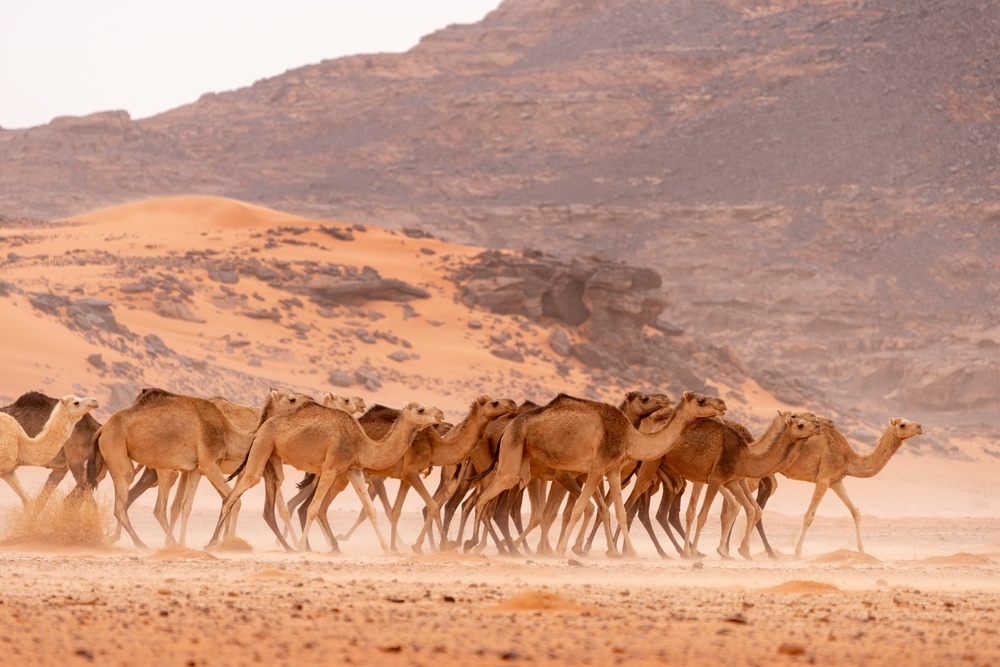
The dromedary camel (Camelus dromedaries) is an even-toed ruminant that occupies the arid regions...
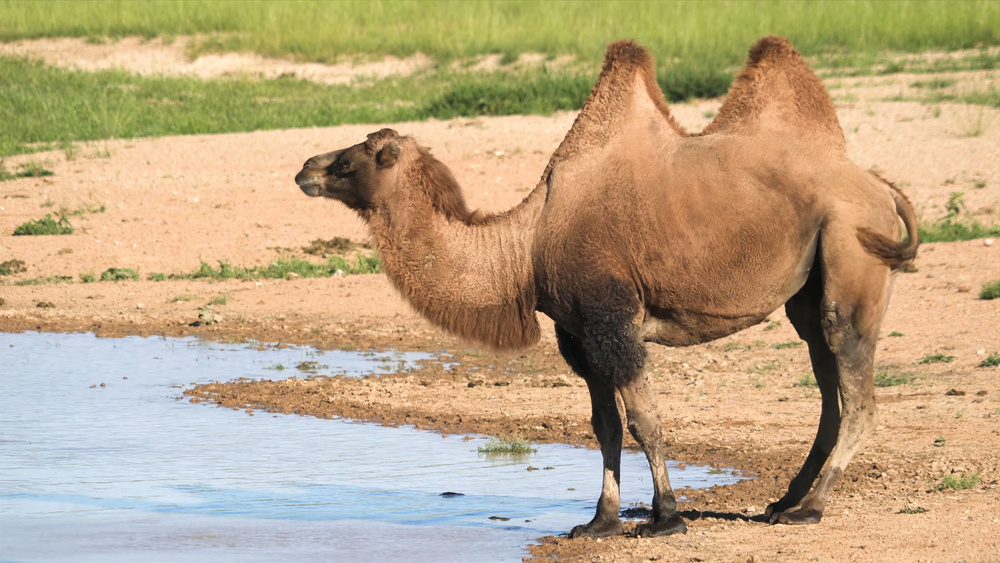
The two-humped or Bactrian camel (Camelus bactrianus) once served as a primary means of transport...
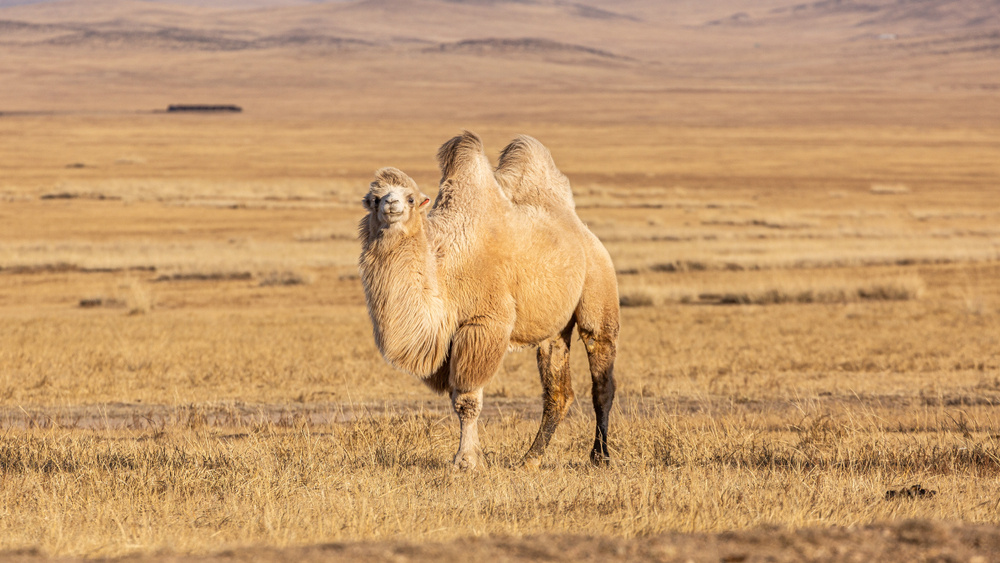
The Bactrian camel (Camelus bactrianus) is native to central Asia. While domesticated Bactrian...
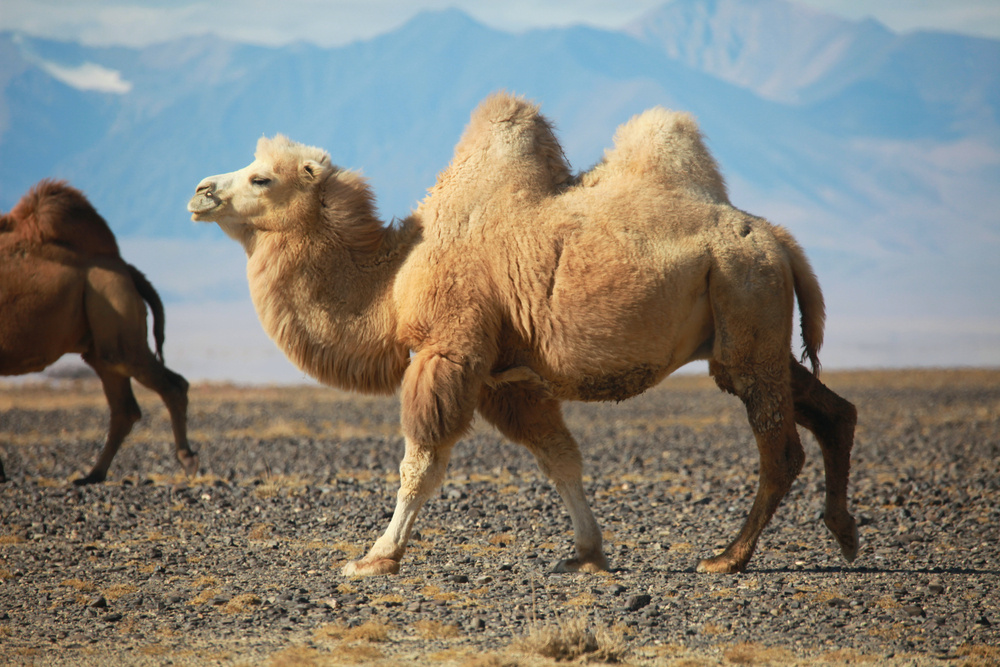
The Bactrian camel (Camelus bactrianus) inhabits parts of central Asia and western China. The main...
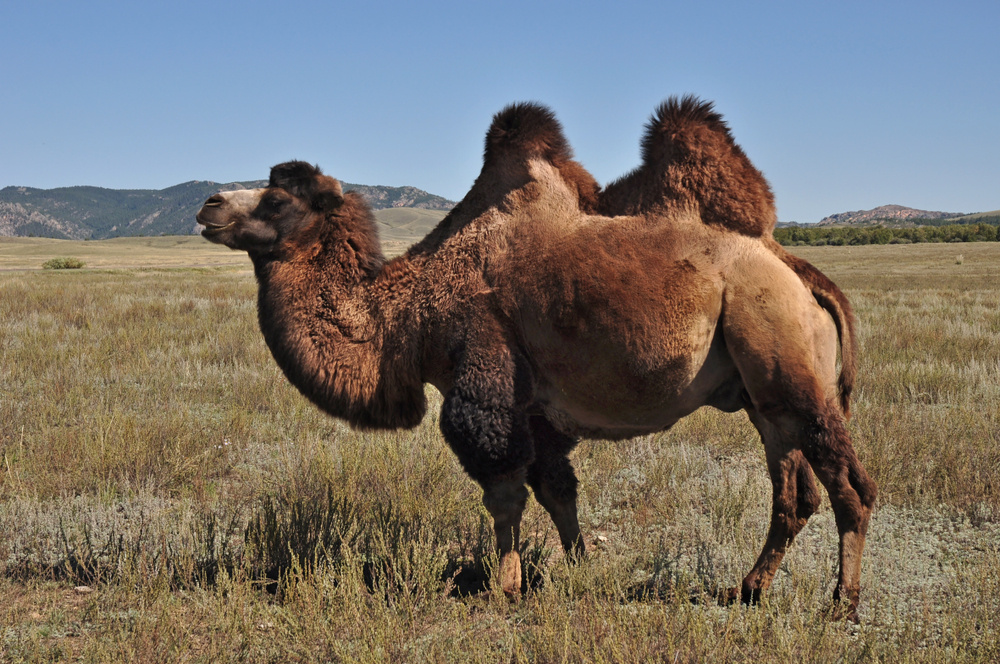
Native to the steppes of Central Asia, the Bactrian camel (Camelus bactrianus) is a migratory...

Camels were first domesticated between 3,000 to 3,500 years ago.1 The two-humped or Bactrian camel...
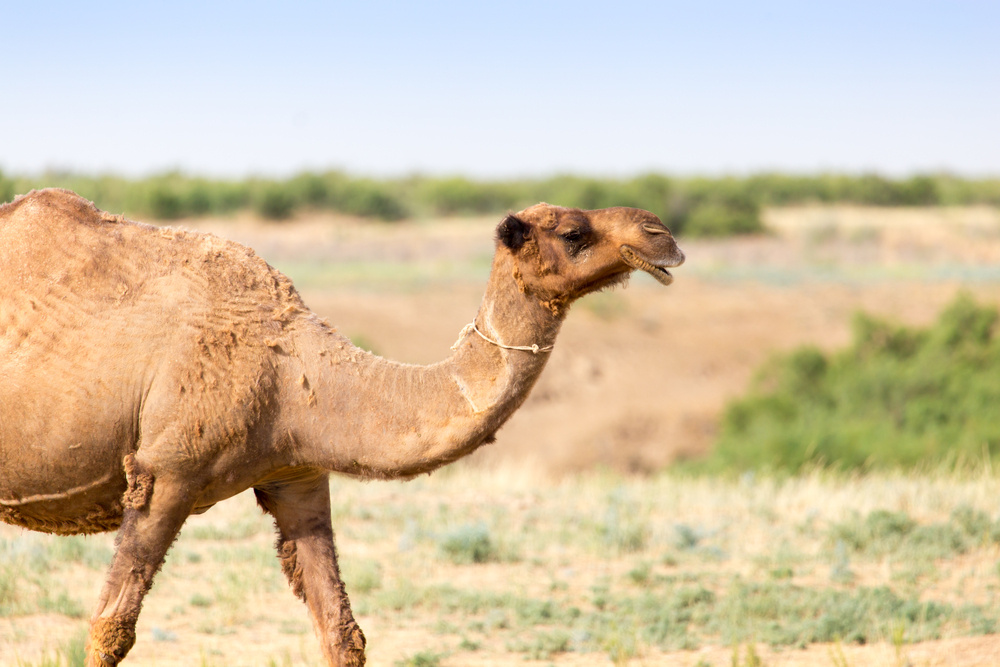
Having been widely domesticated beginning approximately 3,500 years ago, the dromedary camel...
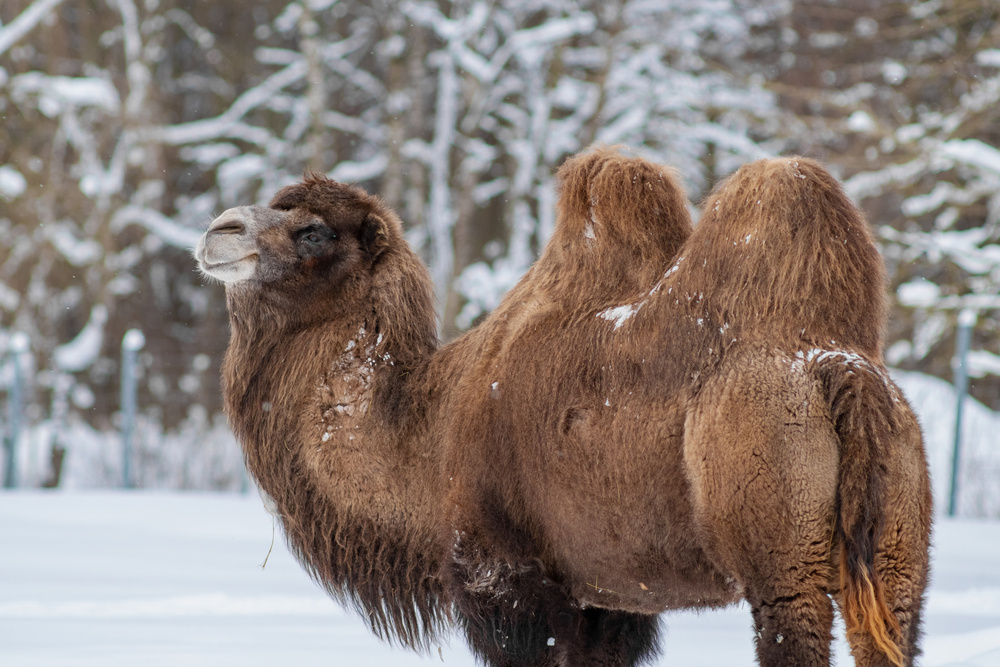
Few animals are as iconic as the camel. There are two main species of camel that are recognized;...
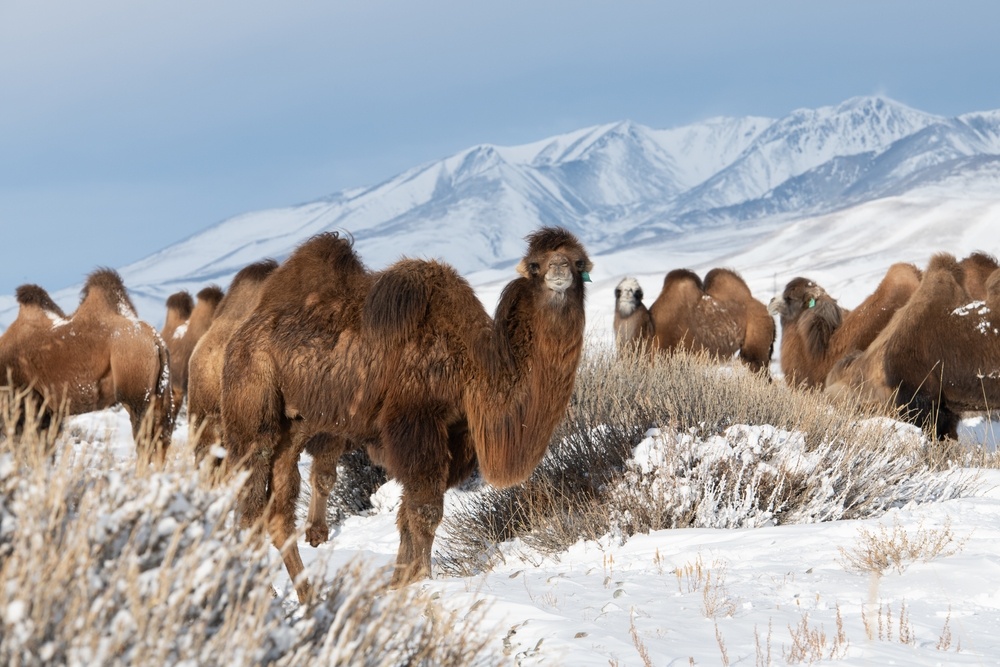
The Bactrian camel (Camelus bactrianus) is a large ungulate that is native to Central Asia. These...
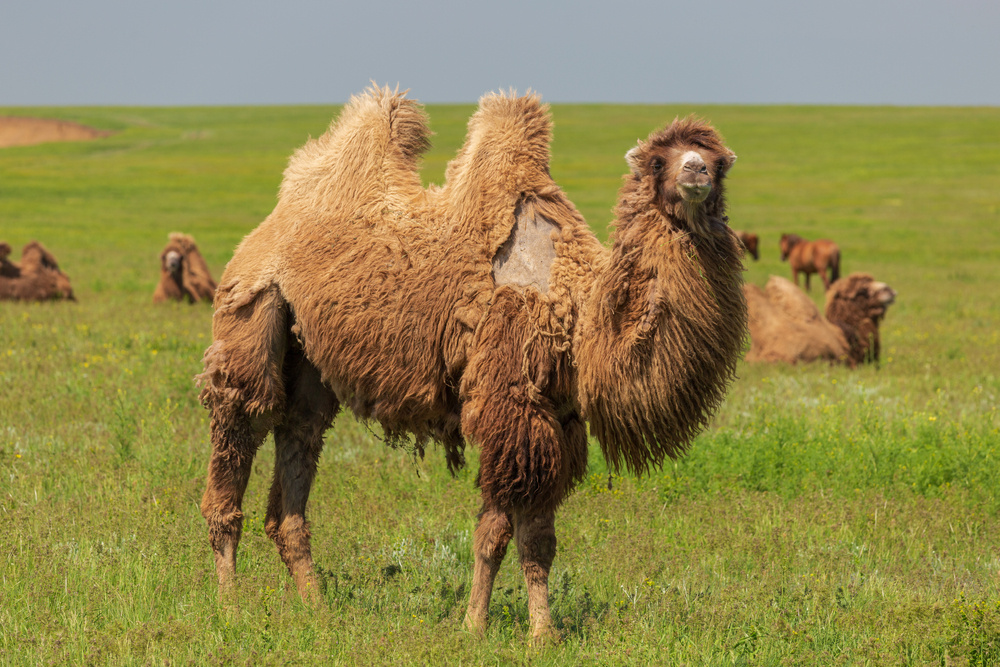
For the purposes of translocation, diagnostic testing and medical treatment, chemical...
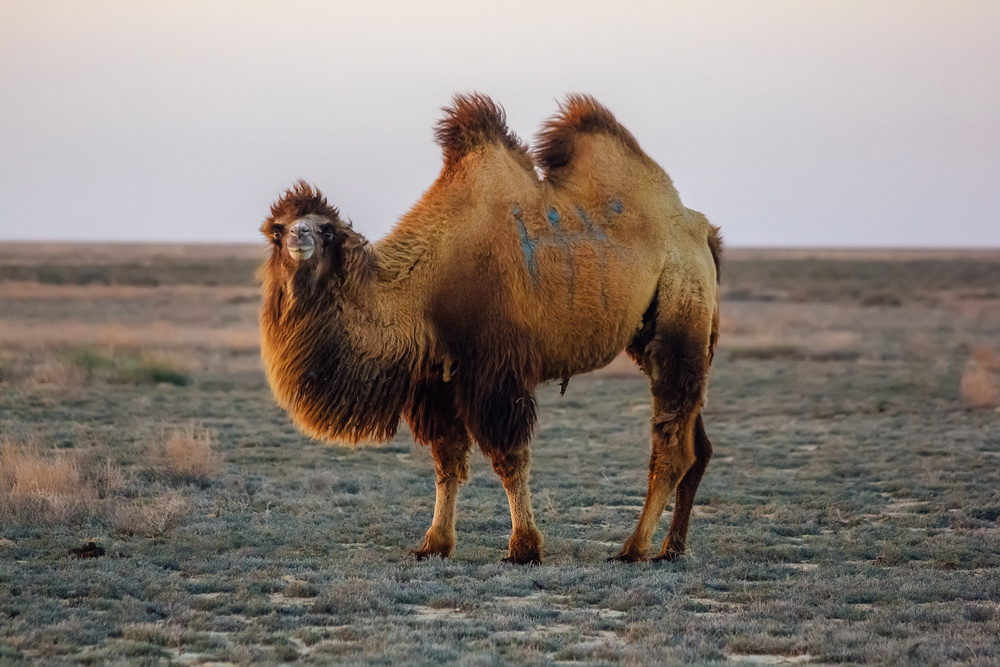
The chemical immobilization of Bactrian camels can become necessary for wildlife management,...
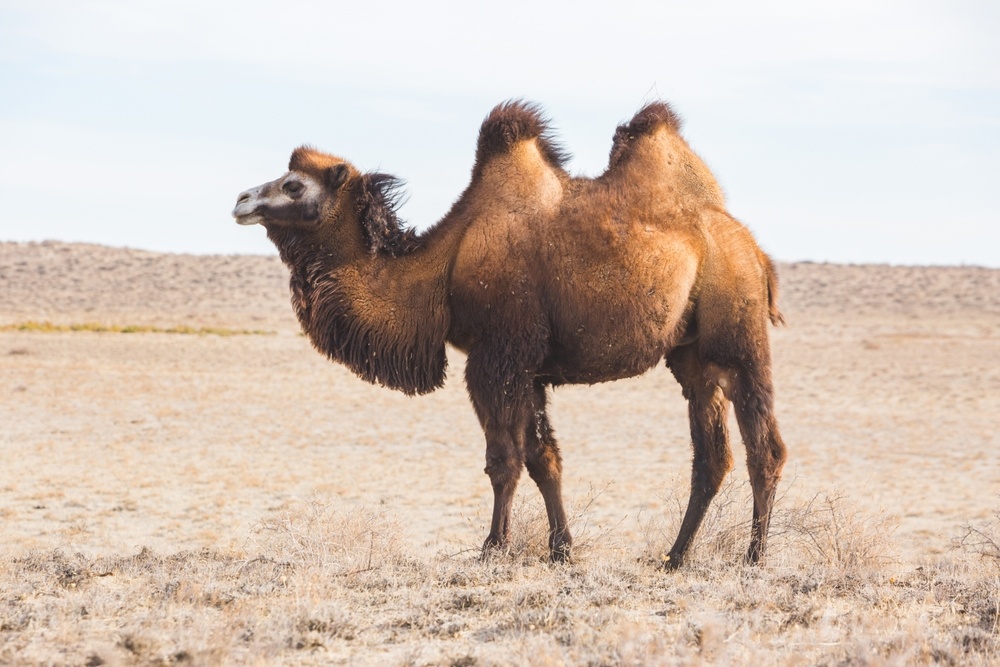
Capture and chemical immobilization events carry numerous risks to wildlife regardless of species...
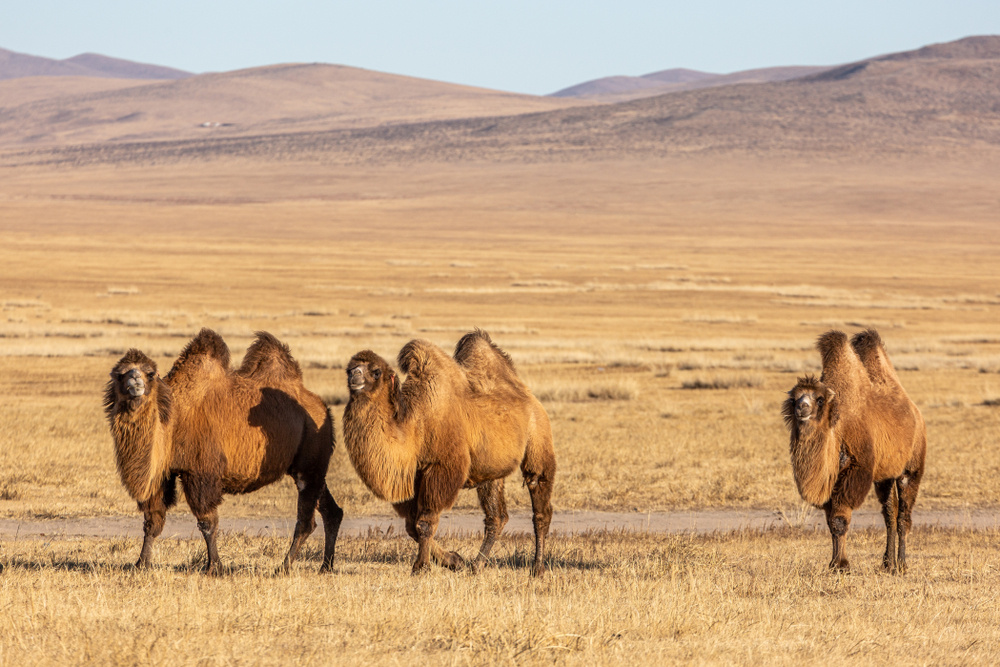
Camelus bactrianus, or the Bactrian camel, inhabits parts of central Asia and western China. These...

Although the majority of Bactrian camels (Camelus bactrianus) in the world have been largely...
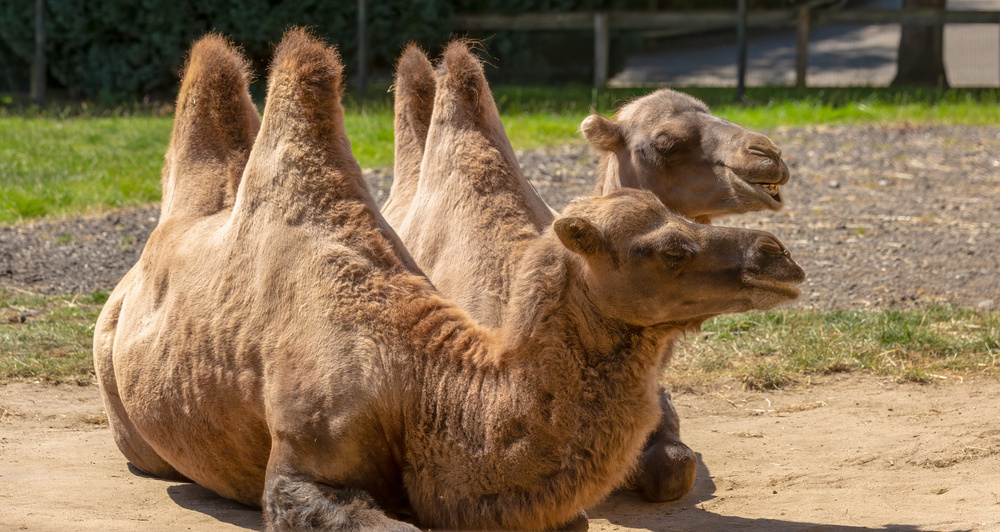
The terms “anesthesia” and “sedation” are often used interchangeably, but there is a distinct...